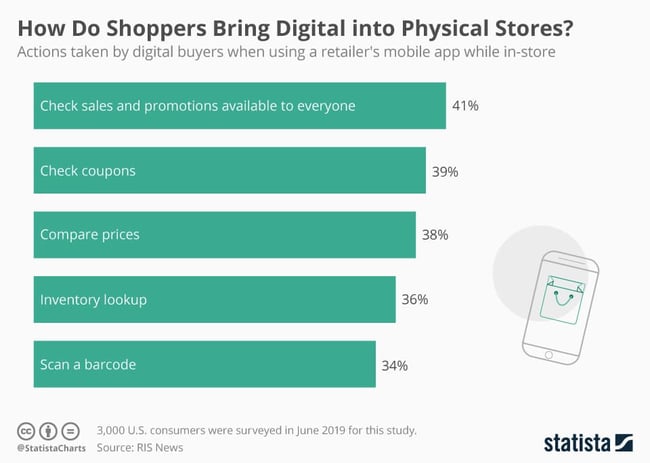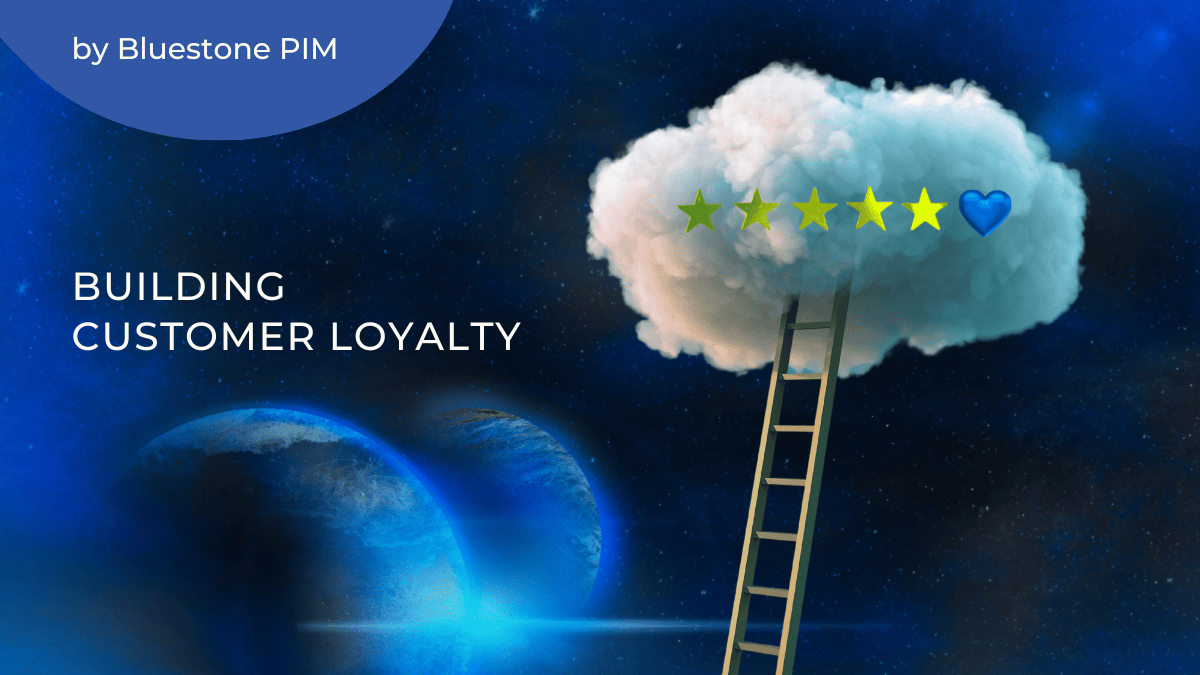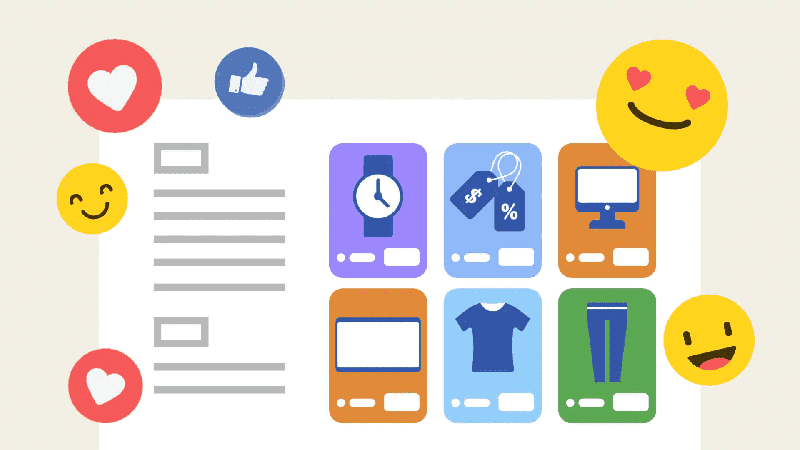Customer Experience: What They (Rightly) Take for Granted
Customer experience has freed itself from being elusive, volatile, or difficult to do right.
Personalization, empathy, customer journey – the criteria to play by to provide an absolute customer experience (CX) go across industries, brands, or sales and marketing channels.
Read on to learn the bread and butter of it, and how you can deliver an outstanding customer experience.
If you would like a quickly digest the information in this article, we've condensed everything into this helpful infographic.

3 Quick Tips to Optimize the Customer Experience
Creating a superior customer experience is essential for any business that wants to thrive in today's competitive marketplace. A positive customer experience can foster loyalty, increase customer retention, and generate positive word-of-mouth referrals.
However, delivering an exceptional customer experience can be challenging.
It requires careful planning, attention to detail, and a commitment to continuous improvement. This is why it's important to have a well-defined strategy in place to optimize the customer experience.
Here are 3 quick tips that can be easily implemented in your business to drive positive results and also help you optimize the customer experience.
Send Fewer (But Personalized) Offers
From a customer’s perspective, there is no shortage of offers to choose from or products to compare.
The one commodity that is scarce, however, is time.
Reaching a customer with a personalized offer shows that you respect the limited amount of time they have at hand. Bombarding a customer with too many offers, or options is bad CX, unlike sending them fewer but better ones that match their expectations.
A well-targeted CX-focused offer is something that can differentiate a brand from competitors.
Notable examples of companies that are rocking at it are USAA (their original concept of customer surround sound), Disney Parks (outstanding pairing of RFID technology and mobile app which guide customers through a customized guest journey), or the hyper-personalization of everything which Amazon does and is known for.
Remember: Bad CX Is Shareable
Don’t assume that since you haven’t heard from a customer negatively then you have a happy one. Your true enemy is not criticism. It’s a lack of feedback or indifference. Seldom will a customer report a bad experience to you.
In fact, according to Esteban Kolsky, an expert on CX, only 3.8% would bother reaching out to the company they are unhappy with. The overwhelming 96.2% majority will simply keep quiet and take their business elsewhere.
This customer behavior is referred to as silent churn.
A great product or service can get buried under a layer of comments from customers irritated by a bugged website, a slow mobile app, or an incompetent salesperson. True, even the most iconic brands may backslide and mistreat a customer.
If you want to win back your customers' trust, you have to proactively seek customers' feedback, own up to your mistakes, and rectify them as quickly as possible.
Statistics also prove how powerful word of mouth is:
-
13% of unhappy customers tell at least 15 people about their frustration.
-
Conversely, 72% of happy customers share their experience with six other people.
Therefore, at the back of your mind, you should always remember that how you deliver the customer experience is just as important as what you deliver.
Understand the Customer Journey, from Start to Finish
For customers, it doesn’t (and shouldn’t) matter in what way an offer reaches them. Which marketing channel is being used for presenting it— a landing page, a marketplace, a printed catalog, or another — should be secondary to the content of the offer itself.
To improve a seamless cross-channel CX, take your customers’ entire journey into account and ensure your offer is consistent everywhere. Online and offline modes of customer engagement require a full 360-degree integration of CX.

DOWNLOAD FREE E-BOOK
The Art and Science of Customer Experience
Over 50 pages of expert advice and top CX tips
A consistent brand experience takes away some of the unnecessary friction customers must overcome to make a purchase. Omnichannel marketing faces a number of challenges. To close the omnichannel gaps, make sure that
-
A company-wide point of reference for product information is established.
-
All marketing and sales channels are synced to it.
-
Product description inconsistencies are eliminated.
All this can be achieved by implementing a Product Information Management system. When considering PIM software, draw up a checklist of what it should be capable of, such as
-
operating in SaaS mode
-
enabling and facilitating collaboration
-
harnessing machine learning
-
offering bulk editing
-
having a media bank with advanced filtering options
A positive customer experience is evocative of pleasant interactions, where customers feel they are not part of a transaction, but in a relationship.
As Jeff Bezos put it,
We see our customers as invited guests to a party, and we are the hosts. It’s our job every day to make every important aspect of the customer experience a little bit better.
Do it right and you’ll turn your customers into your brand’s advocates.
Conclusion
Delivering a superior customer experience is crucial for businesses to stay ahead in today's competitive marketplace.
The key to achieving this is through personalization, empathy, and understanding the customer journey.
With the right approach, you can create a positive customer experience that fosters loyalty, builds brand awareness, and generates repeat business
Optimizing the customer experience is a crucial element of any successful business strategy.
Remember, delivering an exceptional customer experience requires a customer-centric mindset and a willingness to adapt to changing customer needs and preferences. By consistently putting the customer first, and by continuously striving to improve the customer experience, you can differentiate your business from the competition and achieve long-term success.
Setting up an omnichannel marketing strategy is the first step to getting your brand noticed by customers in the competitive retail market. With a Product Information Management system, you can create a consistent, seamless, and frictionless shopping experience for your customers at all touchpoints.
Get in touch with our experts today to learn how Bluestone PIM can help you to sell more, better, and faster. Or book a free demo meeting to see the software in action.
Editor’s note: This post was originally published in April 2018 and has been updated with the latest information.





